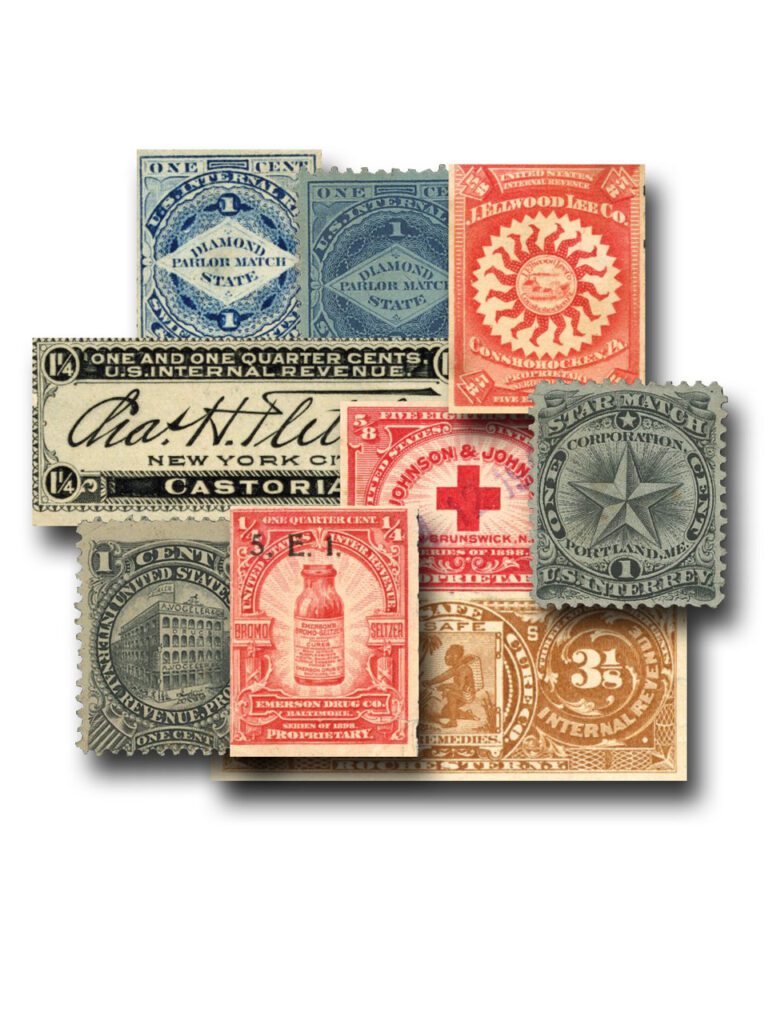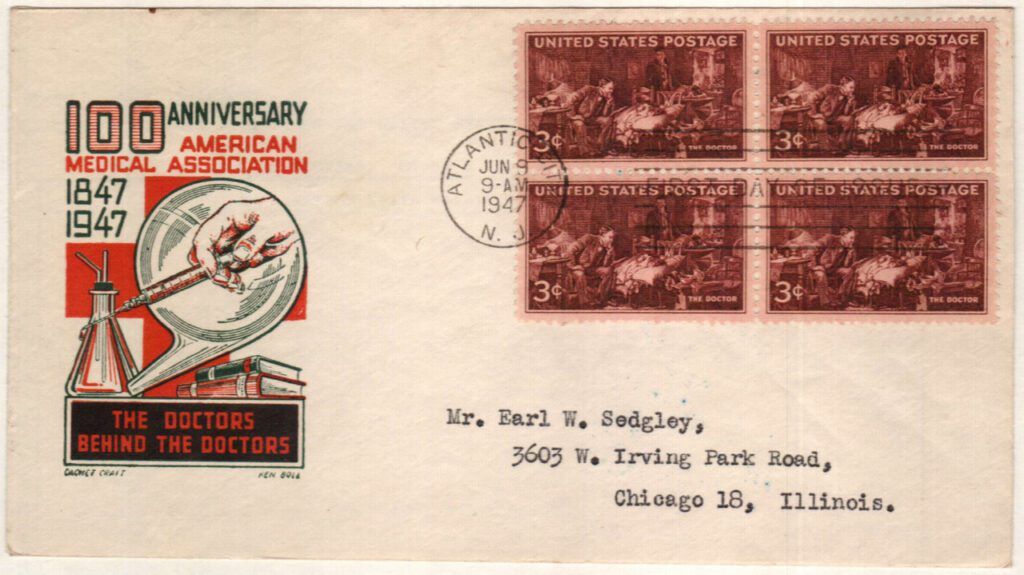On May 7, 1847, the American Medical Association (AMA) was founded, thanks in large part to Nathan Smith Davis.
Born in a log cabin in Chenango County, New York, Davis (1817-1904) had just six months of higher education before beginning his medical apprenticeship in 1834. After graduating three years later, he worked in general practices in Vienna, and Binghamton, New York.
One of Davis’s major goals was to improve the quality and length of medical education in America. After being elected to the New York Medical Society in 1844, he created a resolution that suggested creating a national medical association to “elevate… the standard of medical education in the United States.” Although he wasn’t the first to have this idea, he was the first to find success.
On May 7, 1847, more than 250 doctors from over 540 medical societies and 28 colleges met at the Great Hall of the Academy of Natural Sciences in Philadelphia. They came together over shared concerns about reforms to medical education, ethics, and public health. During their meeting, they formed the American Medical Association to address these and other concerns.
Among the early accomplishments of the AMA was the establishment of the Committee on Medical Education, which established standards for medical education. The AMA also adopted the first national code of American medical ethics. Composed by Dr. John Bell and Dr. Isaac Hays, the Code of Medical Ethics set guidelines for doctors in respect to their patients, society, and other doctors.
In the years to come, the AMA helped to expose unethical practices and fraud. The AMA first produced its Journal of the American Medical Association in 1883, with Nathan Davis as its first editor. By 1901, the journal had a circulation of over 22,000, making it the most widely distributed medical journal in the world.

The AMA had long worked to educate the public on the dangers of patent medicines and called for legislation regulating their production and sale. Their efforts helped lead to the passage of the Pure Food and Drug Act of 1906. In the 1920s, the AMA set standards for specialty training and created a list of hospitals approved for residency training. In 1956, the AMA declared alcoholism an illness, they recommended polio vaccinations in 1960, and published a report on the dangers of smoking in 1964.

In the 1960s, the AMA formed the American Medical Political Action Committee to promote healthcare legislation. During the Vietnam War, the AMA promoted the Volunteer Physicians in Vietnam program. In the 1980s, they passed a resolution opposing discrimination against AIDS patients and in the 1990s, they supported the Patient’s Bill of Rights.
Today, the AMA has over 270,000 members with the stated mission “to promote the art and science of medicine and the betterment of public health.”
Click here for more Proprietary Medicine stamps and stamps honoring the medical profession.
Click here for more from the AMA’s website.
| FREE printable This Day in History album pages Download a PDF of today’s article. Get a binder or other supplies to create your This Day in History album. |
Discover what else happened on This Day in History.





May God Bless our doctors and all medical personnel who are needed now more than ever.
Does Sir Luke Fildes have his own stamp?
Thanks for the education, its great to read more regarding our stamp hobby.
The American Medical Association has done much good over the years, but it must be pointed out that during the Truman Administration in the 1940s, the A.M.A. fought tooth and nail against Truman’s proposal to create a national health care program. Every advanced nation except the U.S. has a national health care system. The A.M.A. ran ads referring to Truman’s proposal as “socialized medicine,” and when the Republican Party took over Congress after the 1948 election, the proposal died. Not until 2009 was anything like a national system created with the Affordable Care Act (“Obamacare”).
That’s because we (most of us, anyway) don’t want a national health care system in the United States.
Actually, opinion polls show that a majority of Americans favor some sort on national system. While traveling in Greece several years ago, a friend had a bad accident, She stumbled going down stairs and leaned into a glass window in an Athens restaurant. She cut her arm very badly. She was taken by ambulance to a hospital where the doctors cleaned and stitched her wound. She was told to come back when we returned to Athens and they would remove the stitches. She asked for the bill and was told that there was no charge. No charge! Who paid for her treatment?…the taxpayers. That’s how a national health system works. In the U.S. everyone is guaranteed a free public education through high school. Why should health care be any different?
Amen Mr. Gaunt. I would like to add to your line of thinking this thought: why do you have to have a beginners driver license to handle a motor vehicle but no training to own a gun?
I have been covered by three different socialized medicine programs. In UC Berkeley from 1971 to 1973. in Heidelberg at the university by the German government system, and in the US military system since 1977 (both as a sailor and as a retiree). I have thanked my “lucky stars” for socialized medicine plans in these systems. I believe doctors should drop their opposition to socialized medicine — in fact, the Hippocratic Oath states they must do no harm — which would help guarantee everyone gets coverage and help. As a teacher in a poverty-stricken area, I saw many, many school children suffering from minor illnesses and injuries without benefit of medical support. But, I know doctors in private systems will continue to ignore the obvious medical needs of their neighbors who cannot afford to see a doctor. Get real. Only when those who are ill do not have to choose between food and shelter or getting medical help will this nation finally begin the “pursuit of happiness” part of the American ethos.
Mr. Fox, thank you for your comment. Every time I hear “national healthcare” referred to as a “socialist program” I often wonder if those people ever read the story Jesus told about the “Good Samaritan”. The man paid out of his own pocket to have a stranger receive medical care, lodging and food. Jesus told everybody they should do the same. Ok you conservatives, I want to hear you argue about that!